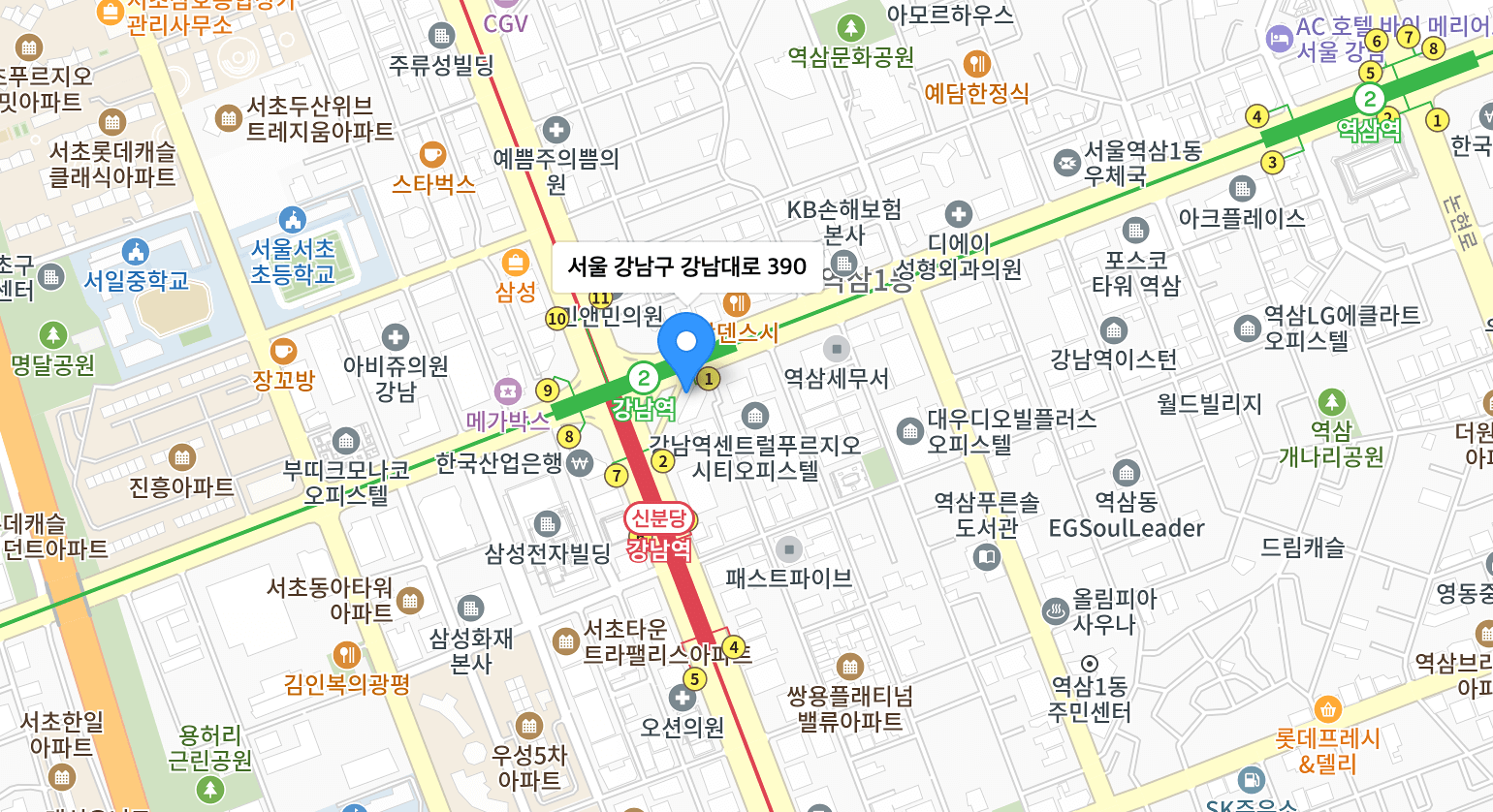Fibroid Treatments in Korea
What Are Uterine Fibroids?
Uterine fibroids, also known as leiomyomas or myomas, are noncancerous growths that develop in or on the uterus. They are common in women of reproductive age and vary in size, number, and location.
Symptoms of fibroids can include:
- Heavy or prolonged menstrual bleeding
- Pelvic pain or pressure
- Frequent urination or difficulty emptying the bladder
- Constipation
- Back pain
- Fertility issues (in some cases)
Who Should Seek Fibroid Treatment?
Fibroid treatment is recommended for women who:
- Experience moderate to severe symptoms
- Have rapidly growing fibroids
- Face infertility or pregnancy complications due to fibroids
- Want to explore non-surgical options for symptom relief
Fibroid Treatment Options in Korea
Medication Management
- Hormonal therapy (birth control pills, progestins) to manage bleeding
- Gonadotropin-releasing hormone (GnRH) agonists to shrink fibroids temporarily
- Tranexamic acid for heavy menstrual bleeding
Minimally Invasive Procedures
- Uterine Fibroid Embolization (UFE): A non-surgical procedure that blocks blood flow to fibroids, causing them to shrink.
- MRI-Guided Focused Ultrasound (MRgFUS): A non-invasive treatment using high-intensity ultrasound waves to destroy fibroid tissue.
Surgical Treatments
- Myomectomy: Surgical removal of fibroids while preserving the uterus (laparoscopic, hysteroscopic, or abdominal approaches).
- Hysterectomy: Complete removal of the uterus; a permanent solution for fibroids, typically for women who no longer wish to preserve fertility.
Cost of Fibroid Treatments in Korea
The cost of fibroid treatment varies based on the method chosen:
- Medication: 50,000 to 200,000 KRW per month (approximately 40 to 150 USD)
- UFE: 3,000,000 to 5,000,000 KRW (approximately 2,300 to 3,800 USD)
- Myomectomy: 4,000,000 to 7,000,000 KRW (approximately 3,000 to 5,400 USD)
- Hysterectomy: 5,000,000 to 8,000,000 KRW (approximately 3,800 to 6,100 USD)
Consultation and diagnostic imaging (e.g., ultrasound, MRI) may cost an additional 100,000 to 300,000 KRW.
Where to Get Fibroid Treatment in Korea
- Gynecology clinics specializing in minimally invasive surgery
- General hospitals with obstetrics and gynecology departments
- Women’s health centers in major cities like Seoul, Busan, and Incheon
- International clinics for English-speaking services
Recovery and Aftercare
- Recovery time varies by treatment:
- Medication: No downtime, but ongoing monitoring required
- UFE: 3–7 days for most normal activities
- Myomectomy: 2–4 weeks for laparoscopic, 4–6 weeks for open surgery
- Hysterectomy: 4–8 weeks depending on the method
- Regular follow-up visits are essential to monitor fibroid size and symptoms.
Benefits of Fibroid Treatment
- Relief from heavy bleeding and pelvic pain
- Improved fertility potential (in cases of fibroid-related infertility)
- Reduced bladder and bowel symptoms
- Enhanced quality of life and well-being
Risks and Considerations
- Medication may cause temporary side effects (e.g., hot flashes, mood changes).
- Surgical procedures carry risks such as bleeding, infection, and adhesions.
- Not all fibroids require treatment; asymptomatic fibroids may be monitored with regular check-ups.
Fibroid treatments in Korea offer
modern technology,
skilled specialists, and
personalized care. Women seeking treatment should consult with a qualified gynecologist to determine the best approach based on their symptoms, reproductive goals, and health status.

